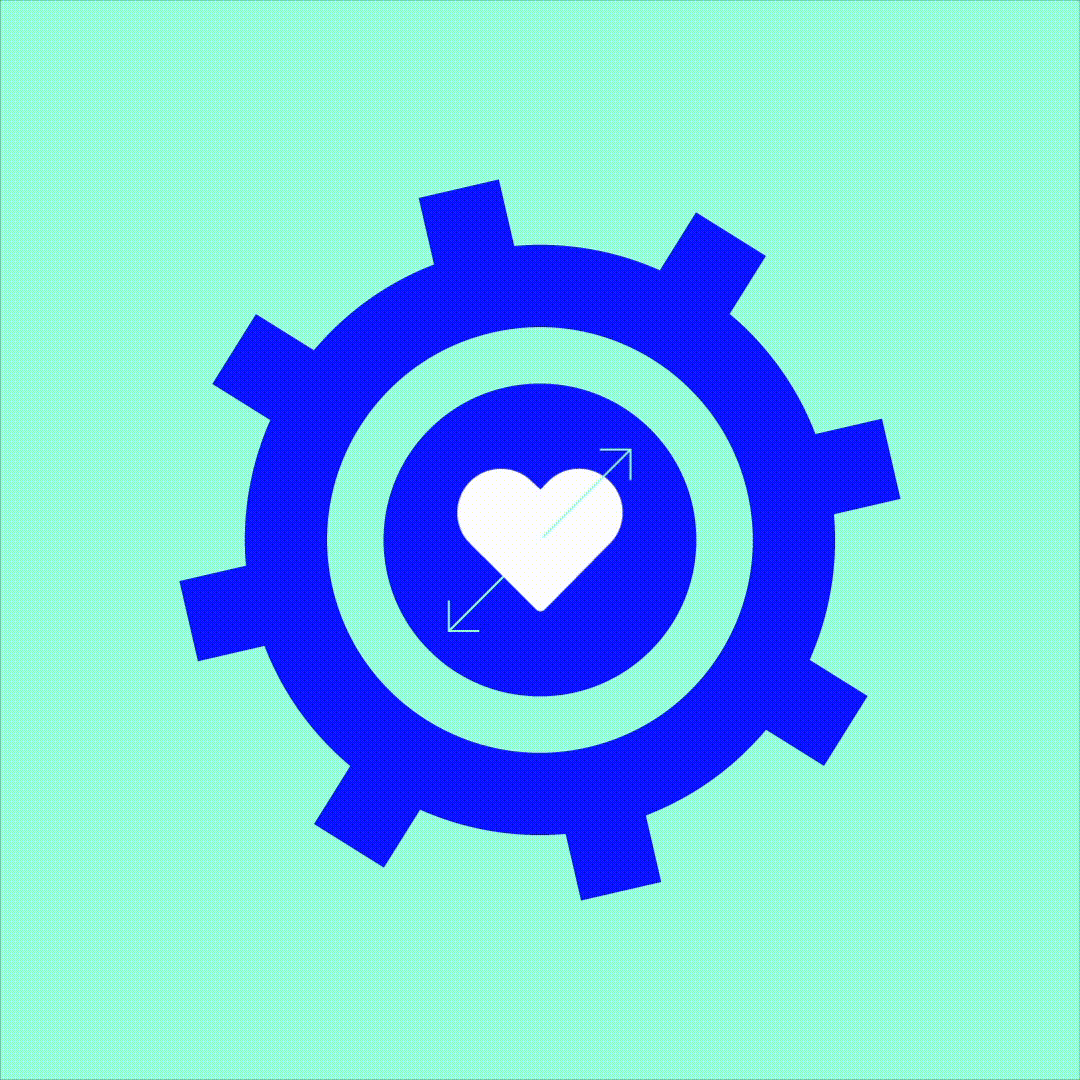If someone tells you you’re especially good at drawing, you tend to draw more. Getting good grades inspires feelings of pride that often prompt us to work harder. For most of us, in fact, not a day goes by without some kind of positive feedback reinforcing one of our behaviors, whether it’s in the way we engage with social media, choose where to spend our money, or make decisions about our health.
Integrating positive feedback into the design of products and services can be a profoundly effective way to guide behavior. The Noom health and fitness app, for example, explicitly markets itself as a “behavioral science-based program” designed to help you to take control of your health. Given how emotional our relationships with food can be, it only makes sense that bringing in behavioral psychology principles could help us understand and improve eating habits.
 Photo Credit: Mashable
Photo Credit: MashableThere were health-tracking apps before Noom, of course, but they tended to collect and present data in a very matter-of-fact way. This misses an opportunity to leverage feedback in a way that makes the advice and services they offer more likely to be embraced. Noom’s real breakthrough is the way it integrates education, motivation and self-efficacy into its user experience. After entering health data and fitness goals, each user is paired with a specialist trained in cognitive behavioral therapy, who helps guide them through a unique, AI-assisted program.
Rather than prescribing a predefined diet, the Noom app focuses on self-awareness, teaching users to take control of their behavior and—crucially—to feel good about their choices. Instead of using guilt and shame to discourage eating “bad” foods, this approach uses real-time positive feedback to help people change the way they think about food. The app takes a similar approach to fitness targets, helping users change exercise and activity habits through in-app affirmations and personal coaching.

When Ziba worked with Adidas to develop the Adidas All Day fitness app, we drew on similar lessons, using positive feedback to motivate, inspire and challenge users throughout their personal wellness journey. Like the Noom app, All Day combines data (gathered from a smart bracelet) with nudges based on behavioral science principles. So in addition to expert-designed advice on movement, nutrition, and rest, it also provides personalized positive feedback, celebrating specific achievements.
But what really sets the app apart is how it leverages its community of users to add weight and credibility to that feedback. By communicating with each other, the (primarily female) users of Adidas All Day are able to support each other, offer praise, and celebrate success. This element of real-time, human feedback, combined with the tangible benefits of a healthier lifestyle, means app users stay motivated and get results—in a way that simple metrics and static workout plans never could.
In the end, what matters is the choices that people make, especially when it comes to health and fitness. But one thing behavioral science tells us—and Ziba’s project experience confirms—is that making people feel good about those choices is a reliable way to make them last.
Stay tuned for our continuing series on Behavior Change, or sign up to receive updates here.



